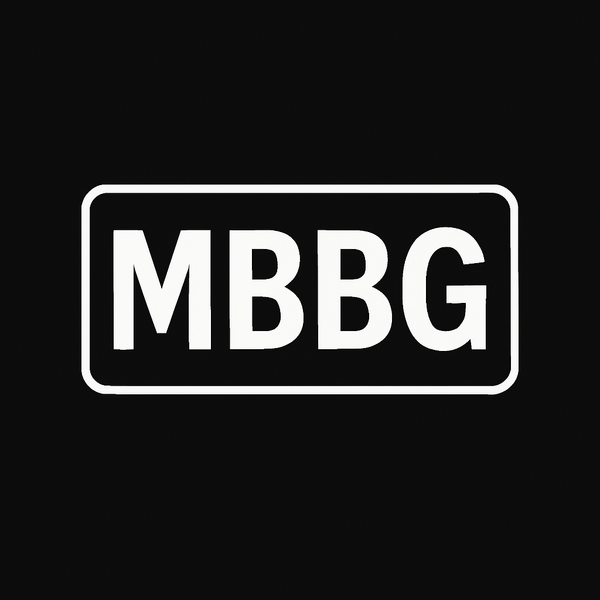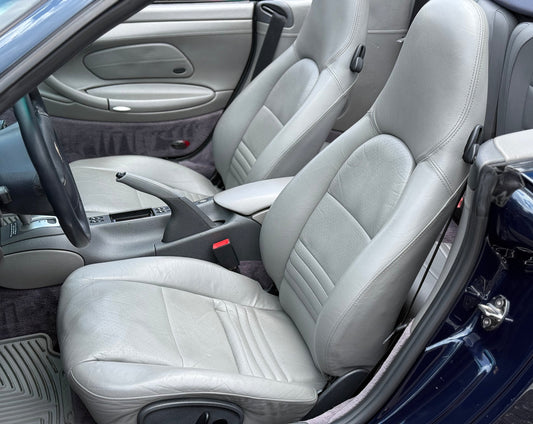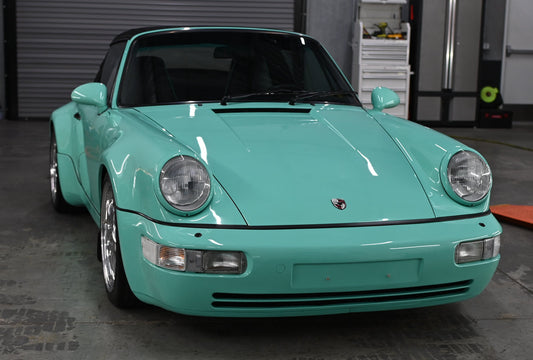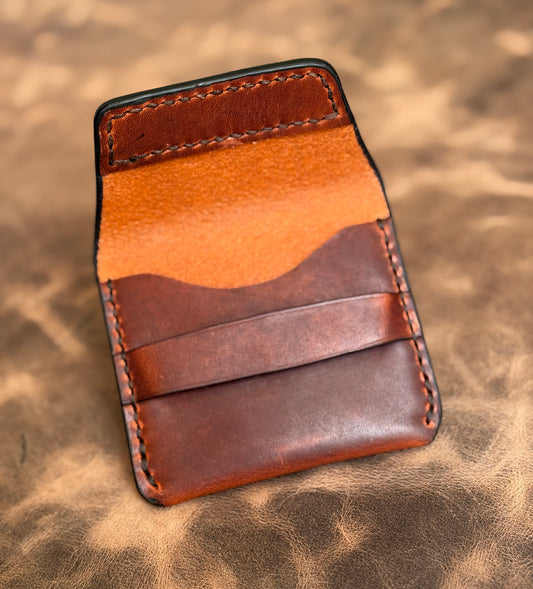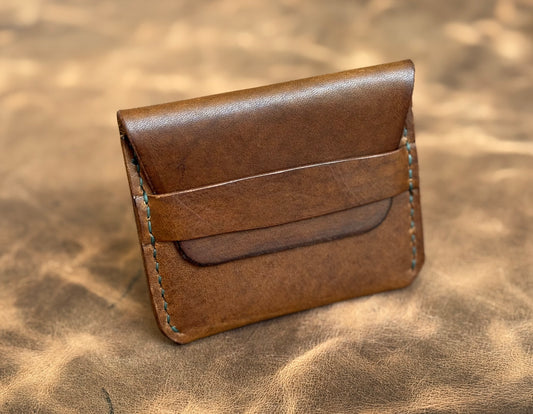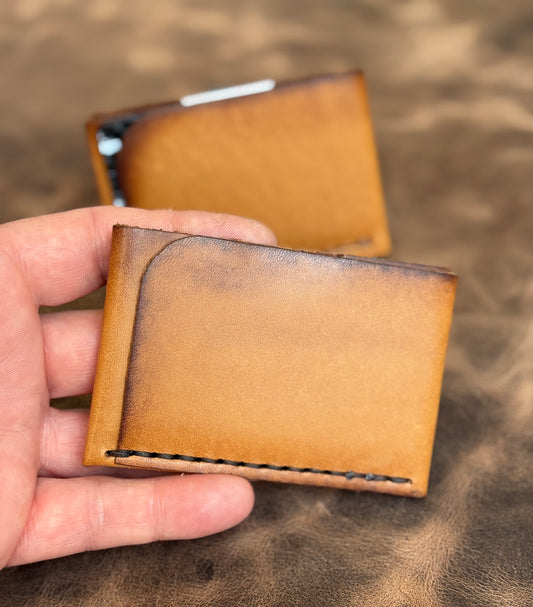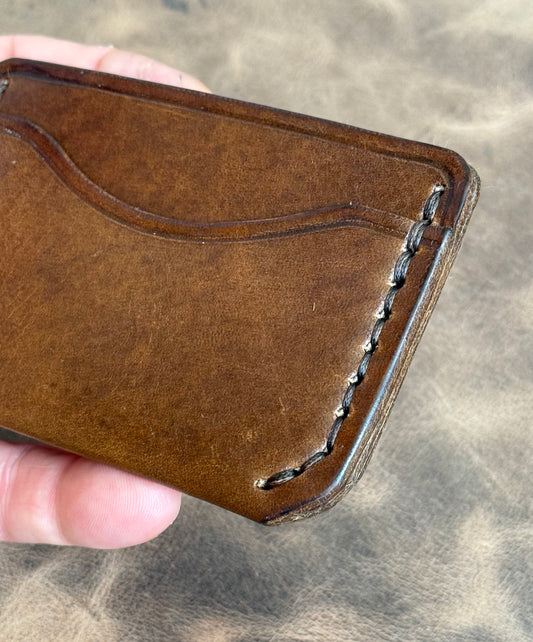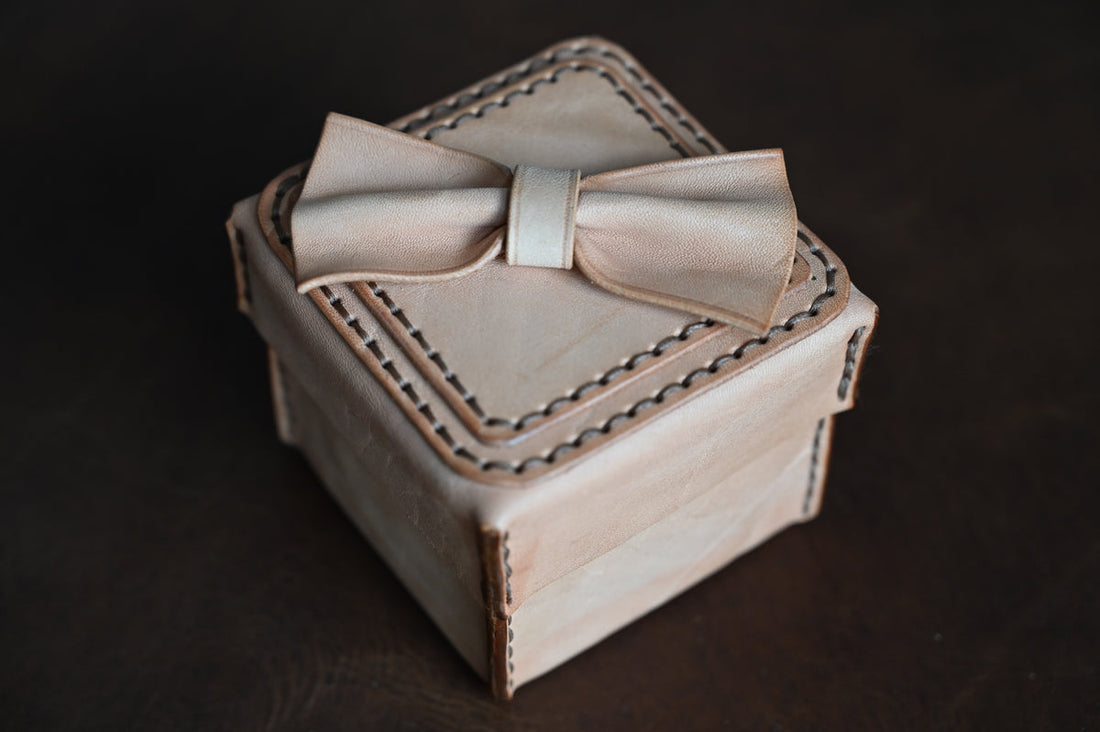
Various Types Of Leather
Exploring Leather Types and Finishes
Leather is as versatile as it is timeless, with a variety of types and finishes to suit every style and function. The tanning process plays a major role in defining the leather's characteristics.
- Vegetable-Tanned Leather: Known for its natural beauty, this leather develops a rich patina over time. It's firm yet pliable, making it ideal for belts, wallets, and bags.
- Chrome-Tanned Leather: Soft, durable, and resistant to water, this leather is widely used in upholstery and apparel, offering vibrant color options.
- Chrome-Free Leather: A sustainable choice, this leather blends eco-friendly tanning with excellent softness and durability.
Finishes add another layer of distinction:
- Full-Grain Leather retains its natural imperfections, embodying authenticity and ruggedness.
- Top-Grain Leather is slightly sanded for a smoother look while maintaining strength.
- Corrected Grain features a polished surface with an even finish, ideal for uniform aesthetics.
Specialty finishes like aniline, semi-aniline, and nubuck offer additional textures and hues, ensuring that there’s a leather type perfect for every design vision.
-
Aniline Leather
Aniline leather is among the highest-quality leathers, dyed with transparent dyes that retain the hide's natural surface. With no pigmented or protective coating, it showcases the leather’s authentic grain, scars, and markings, giving each piece a unique appearance. Aniline leather is soft, breathable, and develops a rich patina over time. However, it is highly absorbent and more susceptible to stains, requiring careful maintenance and being best suited for low-traffic areas or where an authentic, luxurious look is desired.

-
Semi-Aniline Leather
Semi-aniline leather undergoes a similar dyeing process as aniline leather but receives a light, protective finish or pigment layer on the surface. This thin coating enhances durability and provides slight resistance to stains and fading while still preserving much of the leather’s natural appearance and softness. Semi-aniline leather offers a good balance between the natural look of aniline leather and the practical durability needed for furniture, automotive interiors, and higher-use environments.

-
Pigmented Leather
Pigmented leather is treated with a pigmented, opaque finish that provides a uniform color and an additional layer of protection. This finish conceals many natural imperfections and gives the leather excellent resistance to stains, fading, and wear, making it highly durable and easy to clean. As a result, pigmented leather is often used in high-traffic or heavy-use areas like car interiors, home upholstery, and office furniture. Although it lacks the natural look of aniline leather, it’s highly practical and offers consistent color and texture.

-
Nubuck Leather
Nubuck is a top-grain leather that has been lightly sanded or buffed on the grain side to produce a soft, velvety texture similar to suede but with greater durability. This process gives nubuck a smooth, suede-like feel and a subtle, luxurious appearance. Nubuck leather is more delicate than pigmented leather and, like aniline leather, it is absorbent and prone to staining. It requires special care and is often used in footwear, bags, and high-end furniture. Its velvety texture and rich, matte finish make it an elegant choice, but it is sensitive to moisture and abrasion.

-
Suede
Suede is made from the underside of the animal hide, giving it a soft, textured surface that is distinctly velvety. Unlike nubuck, which is sanded on the grain side, suede’s texture comes from the inner, flesh side, which makes it softer but less durable than nubuck. Suede is highly absorbent and can stain easily, so it requires careful handling and maintenance. It’s frequently used in fashion items like jackets, shoes, and accessories, adding a touch of luxury and softness. While it has a more delicate structure, suede’s unique texture and warm appearance make it a popular choice.

This list below is of lower-quality leather types, often used for cost-effective products, lacking in durability and aesthetic appeal compared to higher grades:
-
Bonded Leather
Made from leather scraps and fibers bonded together with adhesive and coated with polyurethane. It has a synthetic look and feel and tends to wear quickly. -
Split Leather
Taken from the lower layers of the hide after the top grain is removed, split leather is less durable and is often embossed or treated to mimic higher-quality leather. -
Corrected Grain Leather
Lower-grade hides that are heavily sanded to remove imperfections and then coated with pigments to create a uniform look. It lacks the natural texture and patina of high-quality leather. -
Faux Leather (or Synthetic Leather)
Although not genuine leather, faux leather is often marketed as a leather alternative. It’s typically made from plastics like PVC or PU, and lacks the durability, breathability, and aesthetic qualities of real leather. -
Bicast Leather
A type of split leather coated with a polyurethane layer to give a glossy finish. While it looks like real leather, it’s not breathable or durable, and the coating can peel over time.
These leather types are generally less resilient and won’t age as well as full-grain or top-grain leather.
We often see leathers as dramatically different from one another, yet it’s important to remember that all leather comes from an animal hide and undergoes a tanning process that stabilizes it, preventing decay. Regardless of the tanning method, the goal remains the same: to create a stable material that resists breakdown over time. Leather can be processed and finished in many ways, leading to a variety of appearances and textures, which can sometimes be confusing. Understanding these different leather types starts with recognizing the tanning process each one has undergone.
__________________________________________________________________________

Vegetable Tanning vs. Chrome Tanning: Key Differences
Vegetable Tanning
Vegetable tanning is one of the oldest methods of leather processing, dating back thousands of years. This process uses natural tannins extracted from plant materials, such as bark, leaves, fruits, and wood, to stabilize the leather. Common sources include oak, chestnut, and hemlock trees.
-
Environmental Impact: Since it relies on natural tannins, vegetable tanning is generally considered more eco-friendly. The process doesn’t involve synthetic chemicals, making the leather biodegradable over time.
-
Process Duration: Vegetable tanning is a slow process that can take weeks or even months. The hides are repeatedly soaked in progressively stronger tannin solutions, allowing the leather to slowly absorb and stabilize.
-
Characteristics of the Leather: Vegetable-tanned leather has a firm, dense texture that’s durable and ages beautifully. Over time, it develops a rich patina, becoming softer and more visually appealing with use. The leather is often less flexible initially but becomes supple with wear, making it ideal for high-end goods like belts, saddles, wallets, and certain types of furniture upholstery.
-
Color and Finish: Vegetable tanning typically produces a more natural range of colors, such as warm browns and tans. While it can be dyed, the colors tend to be earthy, and the finish has a unique depth due to natural variations in the hide.
-
Odor: This type of leather often retains a natural, earthy smell due to the tannins, which many people find appealing.
Chrome Tanning
Chrome tanning, developed in the mid-1800s, is the more modern and widely used method of tanning leather. This process involves chromium salts (typically chromium sulfate), which create a stable, flexible leather quickly.
-
Environmental Impact: Chrome tanning uses heavy metals, which can be toxic if not managed properly. While regulated chrome tanning processes have improved significantly in terms of waste treatment, improperly disposed chromium can be harmful to ecosystems. However, it remains the most efficient and widely adopted tanning process globally due to its speed and versatility.
-
Process Duration: Chrome tanning is much faster than vegetable tanning, often taking only a day to complete. Hides are soaked in a chromium solution, which penetrates quickly and thoroughly stabilizes the leather.
-
Characteristics of the Leather: Chrome-tanned leather is softer, more flexible, and water-resistant compared to vegetable-tanned leather. This makes it an ideal choice for items that require a high degree of comfort and durability, such as jackets, shoes, handbags, and upholstery.
-
Color and Finish: Chrome tanning allows for a wide range of colors and finishes, from bright hues to subtle tones, making it versatile for fashion and design applications. The leather often has a smooth, polished surface that takes dyes well and is resistant to fading.
-
Odor: Chrome-tanned leather lacks the natural, earthy scent of vegetable-tanned leather, often giving off a more neutral or slightly chemical smell due to the chromium compounds used.
Chrome-Free Leather: An Alternative Approach
Chrome-free leather is an increasingly popular alternative, especially for environmentally conscious consumers and those with sensitive skin. This leather is tanned without the use of chromium, using alternative methods and agents that are safer for the environment and for individuals with sensitivities to heavy metals.
-
Common Tanning Agents: Chrome-free tanning methods can include using synthetic tannins, vegetable tannins, or other minerals like aluminum or titanium. The exact agents vary depending on the desired qualities of the leather.
-
Characteristics of the Leather: Chrome-free leather offers many of the benefits of chrome-tanned leather—such as flexibility, softness, and durability—without relying on heavy metals. However, depending on the method used, it may lack some of the same water resistance and durability of traditional chrome-tanned leather.
-
Environmental Impact: By eliminating chromium, chrome-free leather production significantly reduces the potential for toxic waste. It aligns with sustainable practices and is often certified by environmental organizations, making it a choice for brands and consumers focused on ecological impact.
Each tanning method has its unique qualities, allowing manufacturers to select the process that best suits the intended use of the leather. Whether it's the rich patina of vegetable-tanned leather, the supple versatility of chrome-tanned leather, or the eco-friendly appeal of chrome-free leather, these processes cater to a diverse range of industries and preferences.
